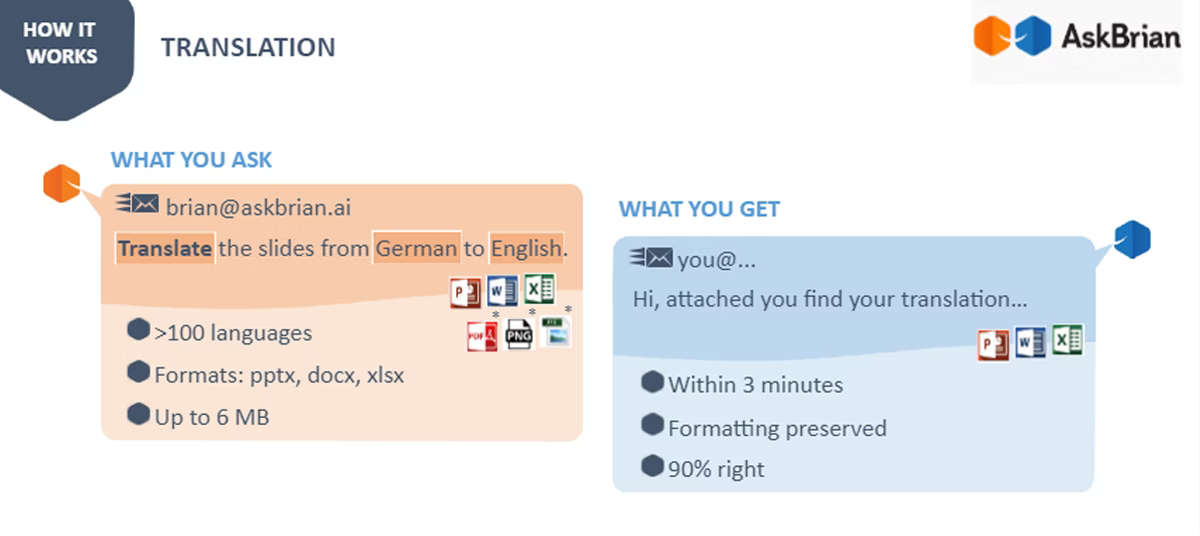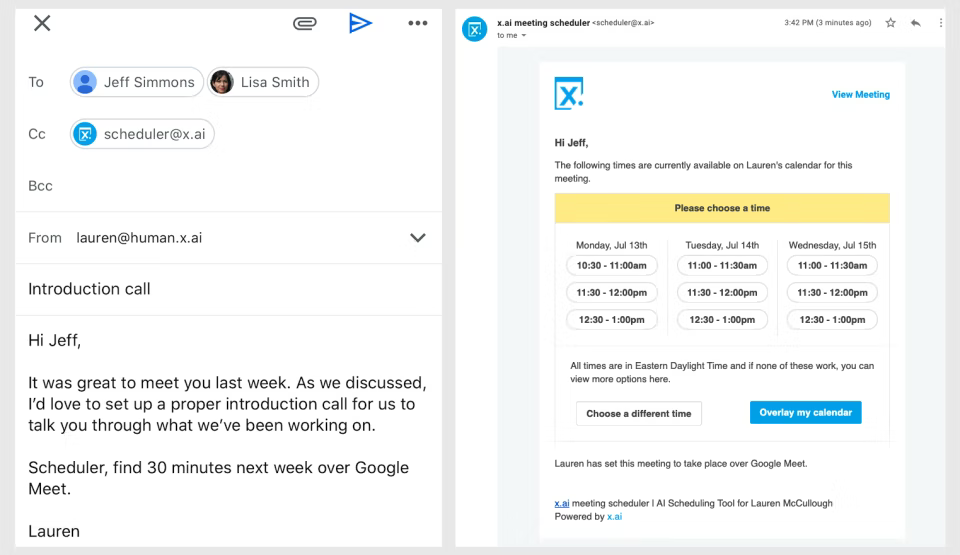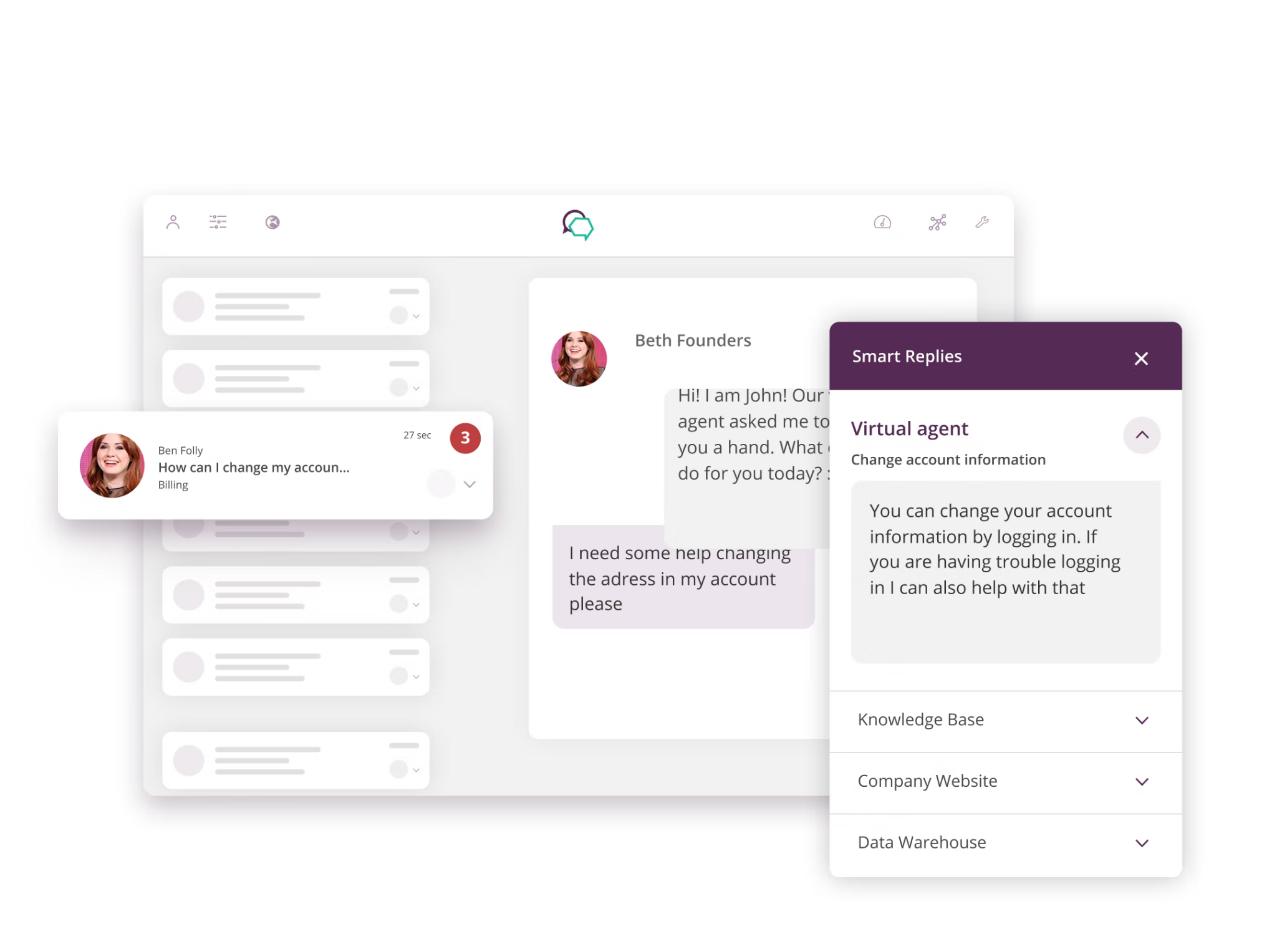Revolutionize your human capital management and recruiting with a virtual assistant.
According to Gartner’s 2021 Hype Cycle, virtual assistants are two to five years away from reaching a stable and consistent level of use in both the human capital management (HCM) and recruiting fields. This means if you aren’t using them yet, you should be planning your implementation now to stay ahead of the curve (full research available to Gartner clients).
If you haven’t considered how a virtual personal assistant can help you as a small business owner, you’re in the right place. This guide will teach you what virtual assistants are, how you can leverage them to grow your small business, and what types of software can support you along the way.
What are virtual assistants?
A virtual assistant (VA) is a digital program that understands voice commands and natural language to perform repetitive tasks for a business. It executes recurring tasks that, previously, only humans could complete. VAs use semantic and deep learning technologies like personalization, deep neural networks (DNNs), and natural language processing (NLP) to perform their functions.
A business owner might invest in virtual assistance to complete administrative tasks typically performed by a human administrative assistant, including responding to customer queries, handling financial transactions, bookkeeping, and appointment setting.
How can small businesses leverage virtual assistants?
With a rise in the introduction of new artificial intelligence (AI) software, there are more and more options becoming available that are accessible to small businesses. If you run a business that requires repetitive tasks but don’t have the resources to increase your headcount, a virtual personal assistant is likely an excellent option for you.

An example of AI-facilitated presentation translation workflow from Brian (Source)
Automating mundane tasks like appointment setting, creating and sending marketing emails, responding automatically to customer support inquiries, or generating invoices frees up your time to address high-value daily tasks. And even if you do have personnel on standby to lighten the load, utilizing a VA will let them focus on higher priority functions like social media marketing and project management.
What does that mean for small businesses like mine?
If it feels out of reach to hire a human assistant at your small business, finding a virtual assistant that’s affordable and feature rich is well within it. Aside from automating repetitive tasks, it also frees up your mental energy to be more creative in tackling the big-picture challenges and opportunities your business will face as you grow.
Areas impacted by virtual assistants
Virtual assistants can benefit organizations big and small since all businesses deal with repetitive tasks in their daily operations. Regardless of the size of your business, two areas that stand out as poised to benefit from the use of VAs are human capital management and recruiting.
Now let’s take a closer look at these two areas to see how VAs can make an impact, particularly in the case of small businesses.
1. Human capital management
Virtual assistants are excellent for HCM tasks that usually require employees to log into an online portal or seek out information on a business’ intranet or hub website. According to Gartner’s Hype Cycle, employees want more personalized interactions that resemble popular consumer technology like Google Home or Amazon Alexa.
VAs allow these (typically younger) employees to complete a transaction or obtain HR information without going through the cumbersome process of logging in and locating info through website navigation. As VA maturity grows with the use of natural language processing and natural language generation, virtual assistance will be able to act on behalf of employees in increasingly complex situations.
2. Recruiting
VAs are also powerful tools when it comes to the recruitment process. For recruiter-facing functions, they’re able conduct candidate engagement, source and screen resumes, and complete administrative tasks like interview scheduling with automatic follow-up.
For candidate-facing applications, VAs can assist with frequently asked questions and navigation of talent web portals, deliver conversational job searches, and provide the candidate with oversight and tracking for the entire process.
Not only do these efficiencies create a more user-friendly experience for recruiters and candidates alike, but they also impact important recruiting metrics like time-to-fill and candidate satisfaction.
Software systems that support virtual assistants
Artificial Intelligence (AI)
Artificial intelligence software is the main type of software that includes virtual personal assistant (VPA) functionality. These tools help scale your business operations by optimizing processes with workflow automation and predictive analytics, improve customer response time with multi-language chatbots, and of course, save time by automating low-level tasks with VPAs.

An automated scheduling workflow in action from Smith.ai (Source)
Conversational AI
A subset of AI software, conversational AI platforms help develop and implement solutions for automating customer service, customer engagement, and human-computer interactions through the use of natural language processing and natural language generation. More customer-facing than regular AI software, these virtual agents act as liaisons that help customers complete tasks without the need for human intervention on your company’s behalf.

An example of what a conversational AI software looks like from Boost.AI (Source)
Not yet ready to adopt a virtual assistant? Here are some ideas to bridge the gap
If you don’t have the resources or the need to adopt a full-fledged virtual assistant (yet), there are some ways you can start to observe the benefits or at least work towards creating a more automated workflow for mundane tasks.
Robotic process automation (RPA): While RPA software completes some of the same tasks as a VPA, this solution is slightly more automated and predefined versus a VPA that uses machine learning. RPA software uses defined rules to automate workflows and actions that typically require repetitive manual effort.
The software can self-log into systems, enter data, compute, finish a specific task, and then log out with minimal or no human interference. In lieu of a full-fledged VA, RPA software is a great way to experience the benefits a virtual assistant can offer without making a full commitment.

Workflow design in action on robotic process automation platform Automate RPA (Source)
Improving informational resources and customer-facing processes: Another option is to take a look at how you’re doing things now in an effort to streamline processes that a VA would help with.
Does your website have a clearly marked frequently asked questions page?
Is there information you can add to it to make it more helpful?
How hard is it for customers to find information or complete simple tasks through your website or email?
What can you do to streamline processes or remove steps in them so customers (and you) have an easier time?
Thinking strategically about how to create efficiency within your organization will help you become more efficient and help you identify areas that justify the adoption of a full-fledged VPA.
Want help finding the right virtual assistant software for your small business?
Check out our full list of artificial intelligence and conversational AI software. Filter by features or cost, compare different software options, and read hundreds of reviews from business owners just like you to find the best solution for your small business.
Thinking about hiring an artificial intelligence company for your business needs? Browse our list of top AI companies and learn more about their services in Capterra’s hiring guide.
